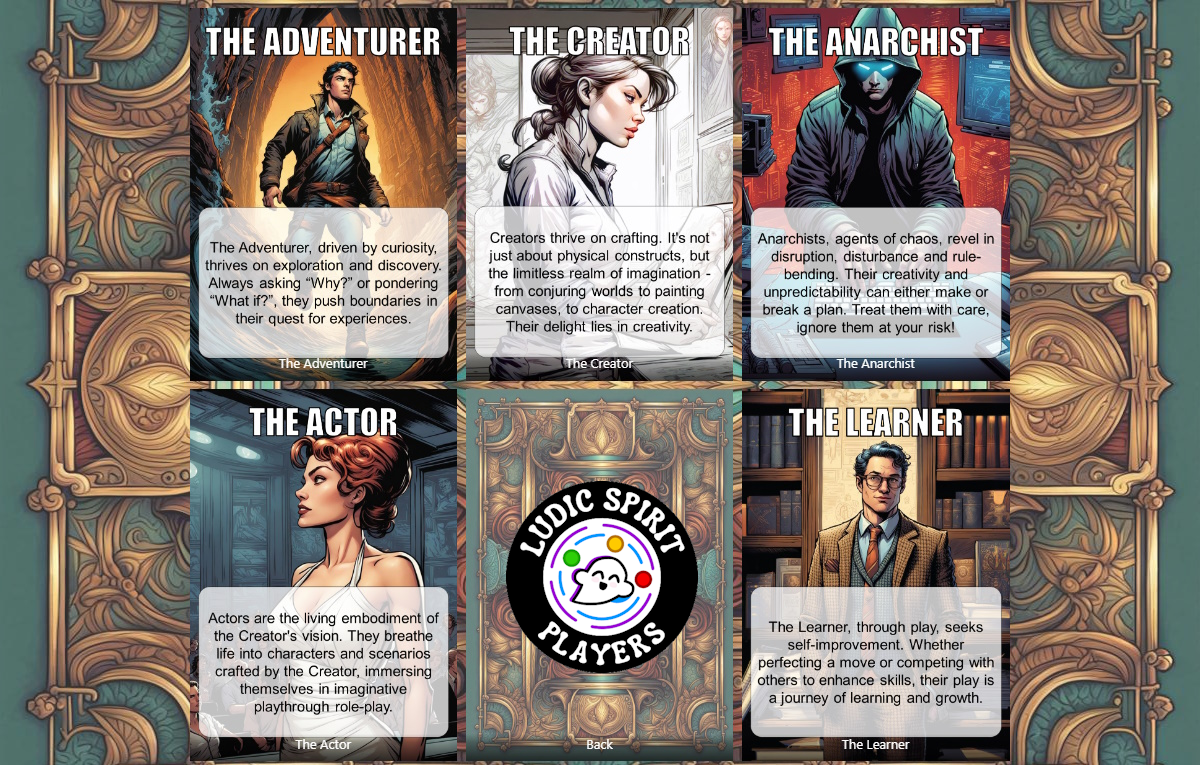Ludic, or playful design, involves designing products or experiences through the lens of play. How do you make people feel safe to explore, encourage experimentation and even add some fun?
A while back I introduced my Play Framework, so you can find out more there, but essentially it’s all about creating an environment that focuses on Trust, Safety, Autonomy, Dynamic Goals and Lusory Attitude (that is you approach the experience with a playful attitude).
So where does the undo function in a bit of software like Word come into this, how is that helping with ludic design? Feelin safe is all about not fearing failure. If something goes wrong, you need to feel that it is possible to recover. If you fall over, you should know you can get up and try again – see where this is going?
The undo feature does exactly this. If you make a mistake in Word, just undo it. Got the function wrong in Excel? Undo it. Messed up your image in Photoshop? Undo, undo, undo, undo!!!
Being able to undo your last action, or actions means that you get to feel safe to explore and to experiment as much as you like. Not being scared of making mistakes can really help to get the creative juices!
So when you are designing a solution, see how you can include a way to take back the last actions a user has made, make them feel safe and secure that failure is not a bad thing!
